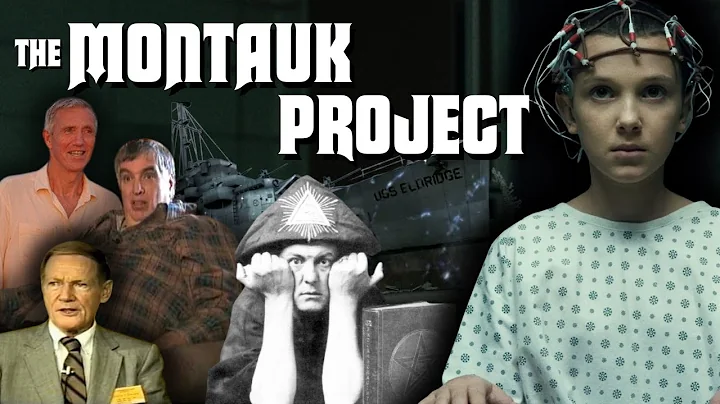In the third season of Stranger Things, all the characters from Hawkins, Indiana, are growing and evolving. The only thing that hasn't changed is that the writers and directors still haven't explained to us what the Upside Down World is. Like the latest installment, Stranger Things Season 2 has received its fair share of criticism for its plot being too convoluted and sometimes disjointed, and for the writers' apparent underestimation of the show's female characters.

However, many people will prefer "Stranger Things 3" to "Stranger Things 2". Because for the most part, the show's creators, the Duffy brothers, took their criticism seriously. Most of the shortcomings of season two were almost all addressed in season three in satisfying and entertaining ways.
However, although the problem of female characters in "Stranger Things 2" was solved, "Stranger Things 3" has its own plot problems. Although "Stranger Things" is still as fashionable as ever, especially the poster for the third season, which really looks like the cover of a pulp horror novel in the 1980s. While we prepare to enjoy the quirky, nostalgic humor and fun of "Stranger Things," let's break down the show's problems and strengths today.

Problem: The video rhythm is confusing.
The biggest problem in the third season of "Stranger Things" is the editing. The show relies so much on flashbacks that it can't help but leave the audience a little confused as to why the director and editor spend so much time trying to show us what we've seen or happened before.
In the flashback clips, the editing often crosses between different locations, coupled with jumping plots. This inevitably creates narrative confusion rather than suspense. Sometimes the cross-cut suspense technique can be used to disguise how characters get from point A to point B, although a certain amount of this is acceptable, but if used too often it can easily cause disruption to the timeline.

problem: The role positioning is still vague.
In other words, almost all the new characters this season have not played any substantial role in promoting the plot. They either serve little purpose in developing plot points, or they act as comedy without any substance. There is one character who exists solely to make a joke about Arnold Schwarzenegger.

On the other hand, Stranger Things is a show that spends a lot of time looking at characterization and backstories that could have deepened the plot and our connection to the characters. Just like Max and Billy in this play, these two extremely compelling characters. Although they have appeared in the second season, they are still new characters to us viewers, especially Billy's motivations and backstory, which are still unknown to us. When we're asked to accept some of the plot points surrounding him in Season 3, we know very little about him, and the show still doesn't give us a reasonable explanation.
The lack of emotional connection is particularly evident toward the end of the season. In this latest season, the narrative threads that most moved us seem to have faded away and lacked much intensity. It will make you think after watching this drama, that's it. Anyway, I can tell my friends that I have followed this drama.

Pros: The cast is as exciting and interesting as ever.
One of the biggest strengths of "Stranger Things" is its strong cast. In the third season, Millie Bobby Brown continues to play Eleven, and Finn Wolfhard plays Mike, the leading teenager. The combination is as strong as ever. Especially compared to the previous films, Brown's acting skills have grown very rapidly. The most interesting thing is that she looks more like a cute little girl now. Considering what a complex character she plays as Eleven, her performance in Stranger Things 3 once again proves what a great actor she is. Although "Stranger Things" is played by a bunch of children, these children use their excellent acting skills to integrate us viewers into the show very well, making us feel that this is a believable world.
In addition to Millie Bobby Brown's outstanding acting, Dustin, played by Gata Matarazzo, and Steve Harrington, played by Joe Keery, are the most popular characters in the show. Powerful comedic weapons, bringing them together this season was a very smart decision. Although it was mentioned before that the plot of "Stranger Things 3" has problems, the acting skills of the actors can make up for this shortcoming well.

"Stranger Things 3" summary.
Looking back on everything we’ve analyzed so far, the plot has always been Stranger Things’ biggest weakness: the show often doesn’t know what to do next. Although it works hard to develop characters, it still doesn't know how to write a more meaningful plot that allows for more interaction between the plot and the characters. If there is a fourth installment of "Stranger Things" that can truly combine interesting characters and a rich plot, it will be well received, and most importantly, they should really take the time to explain what the world is like. What.
















